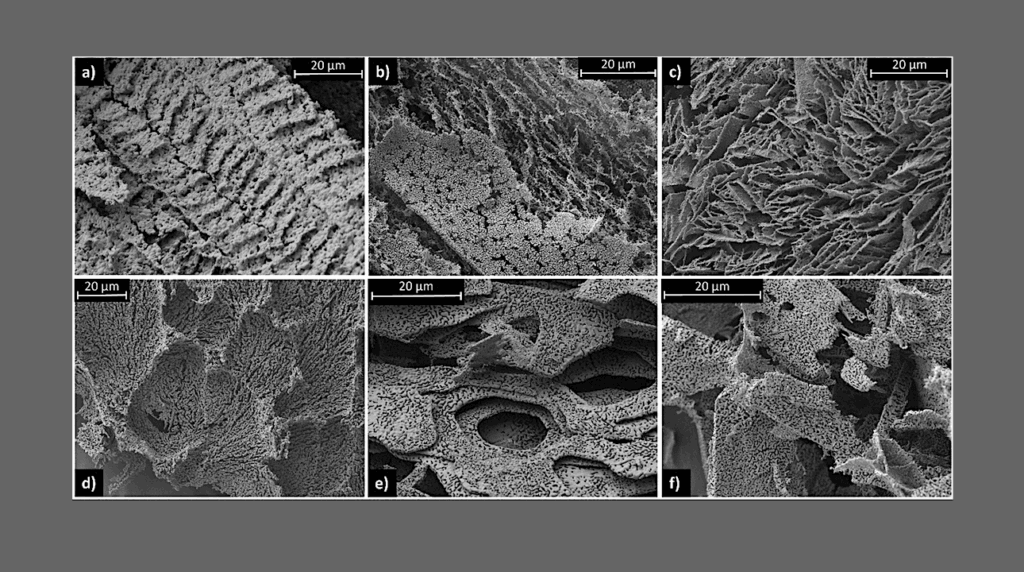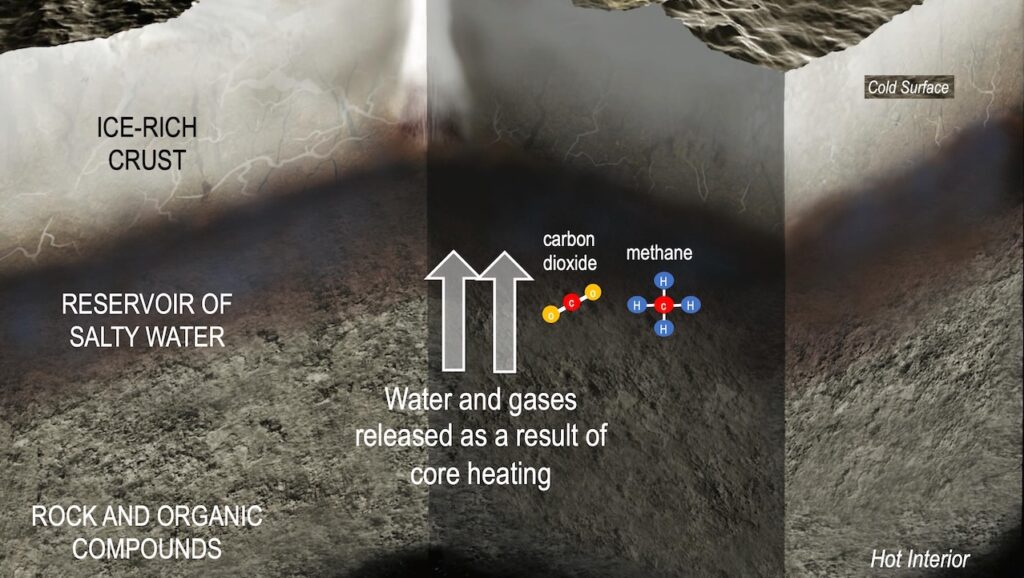Spectrophotometric Modeling and Mapping of Ceres

We report a comprehensive analysis of the global spectrophotometric properties of Ceres using Dawn Framing Camera images collected from April to June 2015 during the RC3 and Survey mission phases.
The single-scattering albedo of Ceres at 555 nm is 0.14±0.04, the geometric albedo is 0.096±0.006, and the Bond albedo is 0.037±0.002. The asymmetry factors calculated from the best-fit two-term Henyey-Greenstein (HG) single-particle phase function (SPPF) show a wavelength dependence, suggesting that the phase reddening of Ceres is dominated by single-particle scattering rather than multiple scattering or small-scale surface roughness. The Hapke roughness parameter of Ceres is derived to be 20∘±6∘ with no wavelength dependence. The phase function of Ceres shows appreciably strong scattering around 90∘ phase angle that cannot be fitted with a single-term HG SPPF, suggesting possible stronger forward scattering than other asteroids previously analyzed with spacecraft data. We speculate that such a scattering characteristic of Ceres might be related to its unique surface composition.
We grouped the reflectance data into a 1∘ latitude-longitude grid and fitted each grid independently to study the spatial variations of photometric properties. The albedo and color maps are consistent with previous studies. The SPPF over the surface of Ceres shows stronger backscattering associated with lower albedo and vice versa, consistent with the general trend among asteroids. The Hapke roughness parameter does not vary much across the surface of Ceres, except for the ancient Vendimia Planitia region that has a slightly higher roughness. Based on the wavelength dependence of the SPPF of Ceres, we hypothesize that its regolith grains either contain a considerable fraction of ⪅μm-sized particles, or are strongly affected by internal scatterers of this size.
Jian-Yang Li, Stefan E. Schröder, Stefano Mottola, Andreas Nathues, Julie C. Castillo-Rogez, Norbert Schorghofer, David A. Williams, Mauro Ciarniello, Andrea Longobardo, Carol A. Raymond, Christopher T. Russell
(Submitted on 20 Dec 2018)
Comments: 43 pages, 3 tables, 17 figures, accepted by Icarus
Subjects: Earth and Planetary Astrophysics (astro-ph.EP)
Cite as: arXiv:1812.08361 [astro-ph.EP] (or arXiv:1812.08361v1 [astro-ph.EP] for this version)
Submission history
From: Jian-Yang Li
[v1] Thu, 20 Dec 2018 05:09:41 UTC (5,730 KB)
https://arxiv.org/abs/1812.08361
Astrobiology








